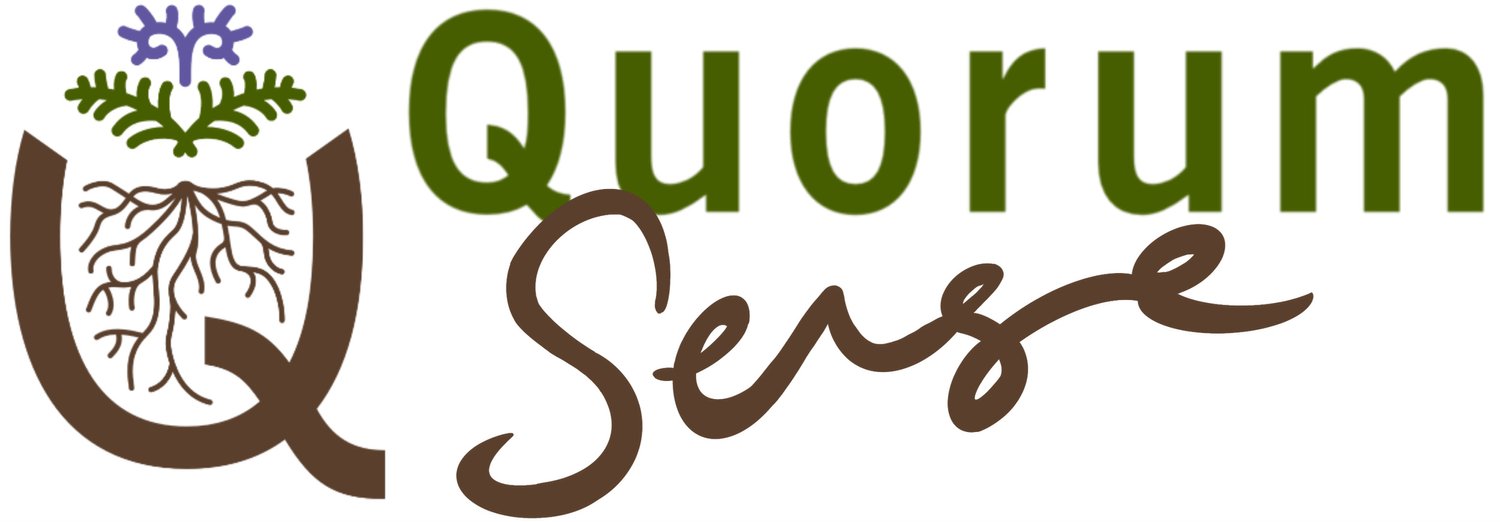What is soil health?
The intention of this ‘What is soil health?’ collection is to:
a) explain the fundamental components and value of healthy soil, and provide understanding of key management principles and limiting factors that influence soil health;
b) give you tools to assess the health of your soils as a starting point to take action.
Two soil samples dug 20m either side of a Central Otago fenceline showing the impact that management can have on soil organic matter and water infiltration (Image Sam Lang)
“Most established agricultural labs define a healthy soil as one which provides maximum yields…Sadly, this model of testing has proved inadequate for what producers—and society—require.
“Another definition considers soil health as the absence of pests or diseases, which is an impoverished view to hold indeed. Any definition of soil health must include profitability as well as crop quality...”
Nicole Masters in For the Love of Soils (pg. 28)
The three basic components of soil health
1) Good physical structure
Soils with good aggregation and porosity are able to ‘breathe’, infiltrate water, retain and cycle nutrients, less at risk of erosion and runoff, encourage extensive root growth and microbial activity, resilient to dry and wet climate extremes, less reliant on inputs and are therefore more productive.
Andy Neal (from ‘A microbiologist’s perspective with Andy Neal - Webinar Mar'23’)
Visual Soil Assessment revealing moderate aggregation and decent rooting depth despite some surface thatch (Photo Sam Lang)
2) Diverse and active biology
Microscope image of a nematode - one of the trillions of unseen microbes in each spade of soil that make up the soil microbiome (Image from Integrity Soils)
Looking after soil biology is essential for farmers looking to develop resilient, low input, nutrient dense farm systems. Healthy soils contain an incredible diversity of algae, viruses, bacteria, fungi, protozoa, nematodes, earthworms & other insects, all with important roles to play.
3) Adequate and balanced nutrients / minerals
Soils require adequate levels of nutrients to support healthy plant growth, but these nutrients also need to be balanced as excesses of some minerals can reduce the availability of others. What levels are ‘adequate’ may be very context specific; depending on soil type, plant species, microbial activity etc.
Illustration of how an inadequate amount of an indiviudal nutrient can restrict pasture/crop yield (Image from Teagasc)
Diagram showing the relationships between different nutrients - an excess of one nutrient can cause deficiencies in others
“Soils require adequate levels of nutrients to support healthy plant growth, but these nutrients also need to be balanced as excesses of some minerals can reduce the availability of others. What levels are ‘adequate’ may be very context specific; depending on soil type, plant species, microbial activity etc.”
Nicole Masters in For the Love of Soils (pg. 46)
Soil carbon sampling cores at Dean Martin’s Hawke’s Bay hill country farm showing organic matter mixing through the subsoil (Photo Sam Lang)
Soil carbon core showing organic matter build up as roots/worms penetrate the subsoil (Photo Sam Lang)
Arable farmer Mike Porter looking at soil health and wheat roots at a field day (Image Sam Lang)
Farmers and scientists looking at the health of some cropping soils (Image Sam Lang)
(Note: Click on any underlined in blue word(s) in the text below to open a definition of that term).
Disclaimer: The information, opinions and ideas presented in this content is for information purposes only and does not constitute professional advice. Any reliance on the content provided is done at your own risk. (click here to view full disclaimer).
Toolbox index
-
Getting started with a regenerative approach to farming
-
Knowing where to start
-
About regenerative agriculture
-
-
Getting to know soil health
-
Soil health
-
Biological nutrient cycling
-
-
Managing your water cycle
-
Farmer experience
-
Exploring diverse crops / pastures
-
What are diverse crops or pastures (and how do I use them?)
-
Selecting, establishing and managing diverse crops and pastures
-
Farmer experience
-
-
Regenerative grazing management


